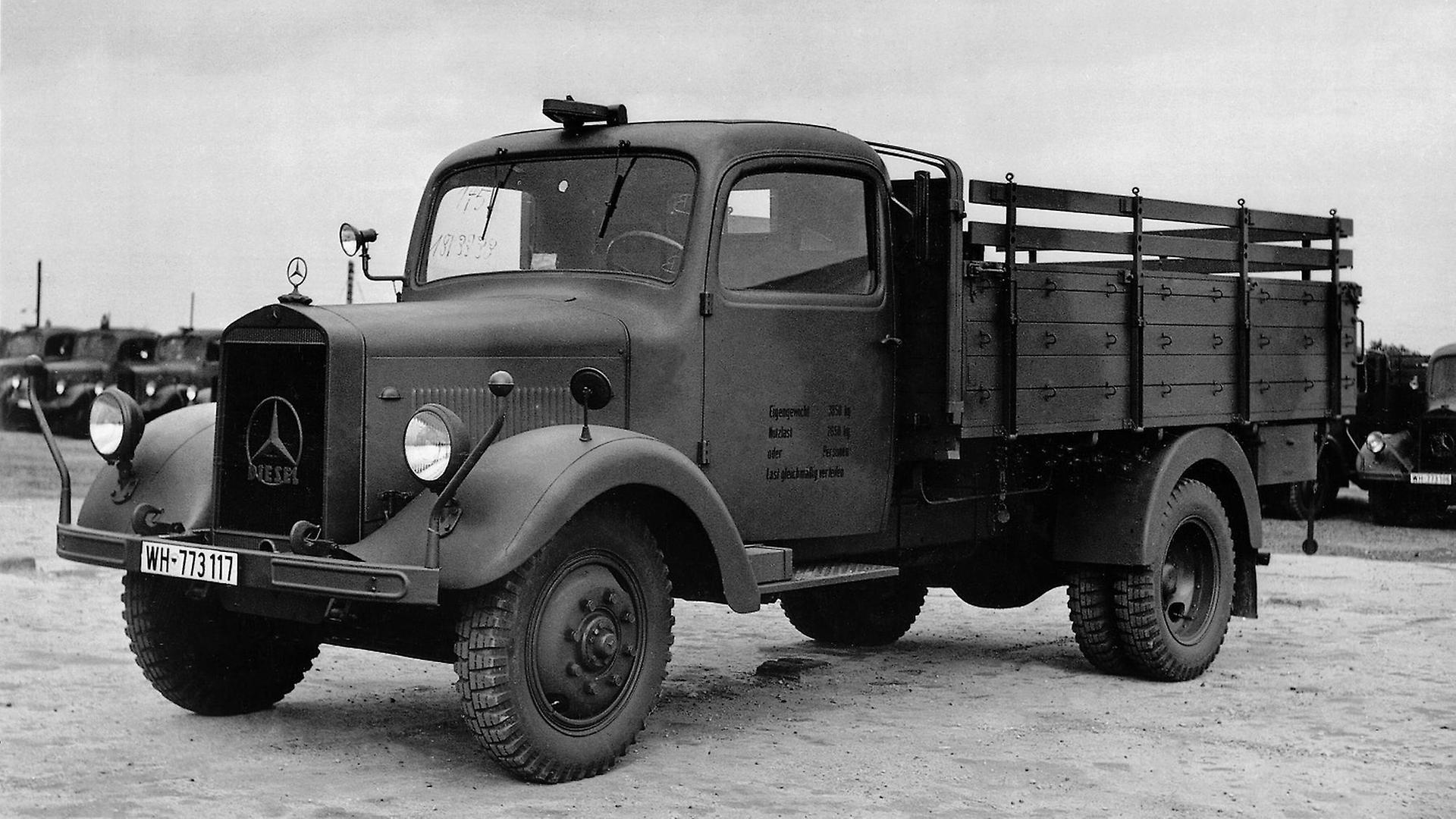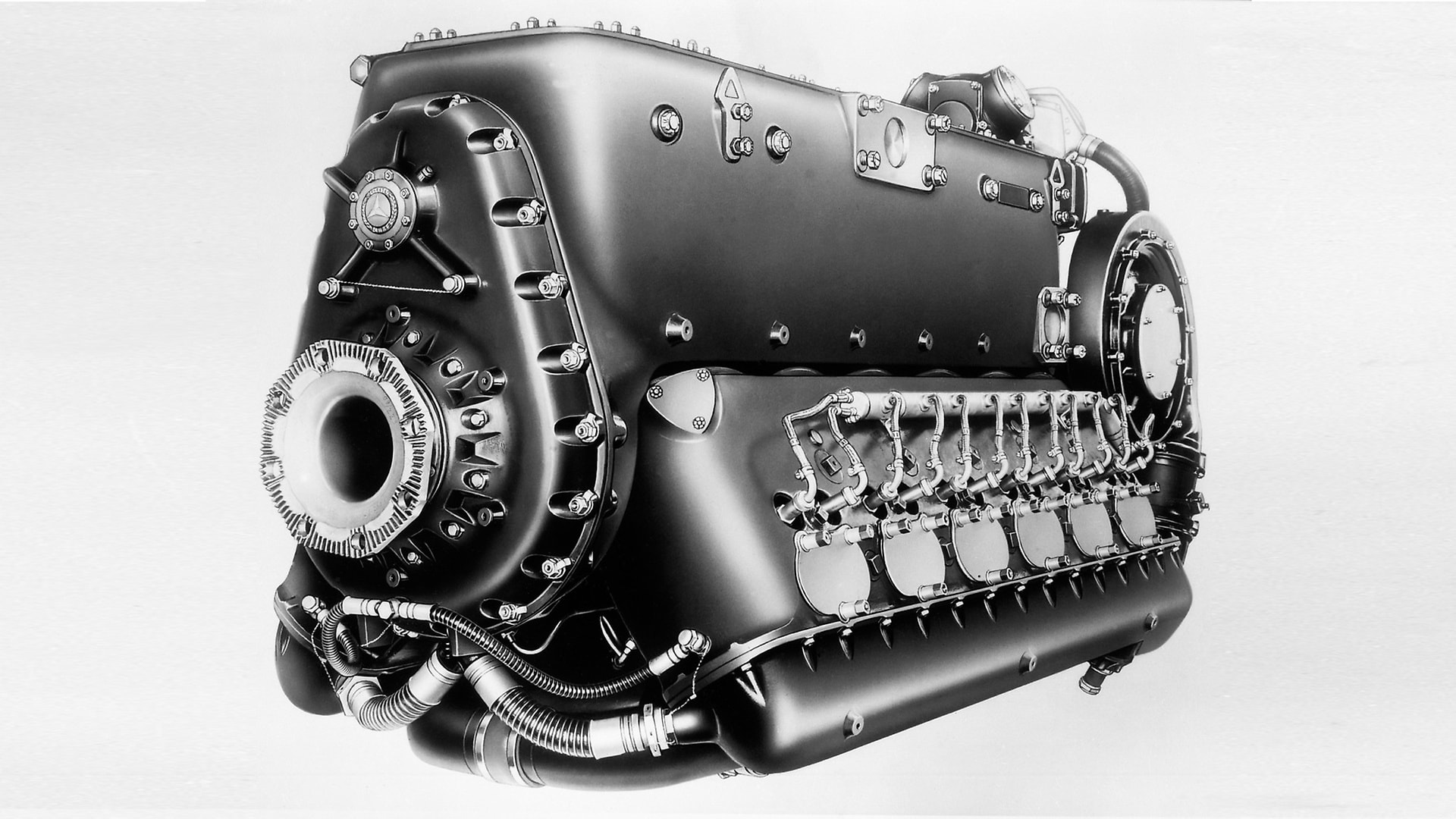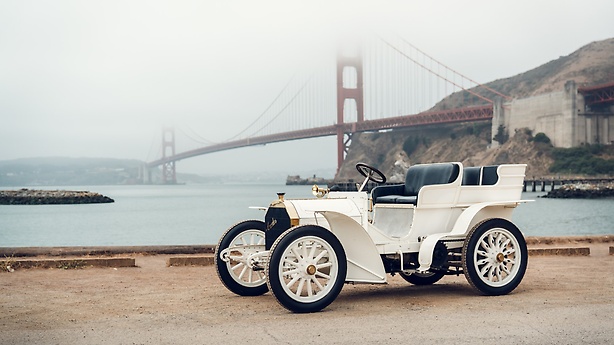Initially, the company recruited women in order to cope with the required unit volumes. However, as staff numbers were still too low, Daimler-Benz also used forced labourers. These prisoners of war, abducted civilians and detainees from concentration camps were housed close to the plants. Forced labourers from western Europe lived in guest houses, private accommodation or schools.
Workers from eastern Europe and prisoners of war were interned in barrack camps with poor, prison-like conditions. Concentration camp detainees were monitored by the SS under inhumane conditions. They were “loaned out” to companies in exchange for money. In 1944, almost half of Daimler Benz’s 63,610 Daimler Benz employees were civilian forced labourers, prisoners of war or concentration camp detainees.
After the war, Daimler-Benz admitted its links with the Nazi regime, and also became involved in the German Industry Foundation’s initiative “Remembrance, Responsibility and Future”, whose work included the provision of humanitarian aid for former forced labourers.
,xPosition=0,yPosition=0.5)


,xPosition=0.5,yPosition=0)
,xPosition=0.5,yPosition=0)
,xPosition=0.5,yPosition=0)